Did you know there are numerous things that you might find in your house that are seemingly innocuous to you as a human, but can cause serious problems for your dog? As dog owners, we always want to make sure that our beloved pets are safe and well taken care of and that no harm comes to them so here is a list of the most common household items that could be a threat to your dog’s health.
Antifreeze
Antifreeze can contain Ethylene Glycol, which can be harmful to your dog’s brain, liver, and kidneys. Ethylene Glycol poisoning can cause seizures, convulsions, and tremors as well as possible fainting and even comas. Dogs who have consumed enough antifreeze could have kidney failure resulting in the death of the animal.
In order to prevent exposure to Ethylene Glycol, it is important that you make sure to store these chemicals in a place where your pet cannot reach them, and in the event of a spill, make sure to thoroughly clean it up immediately. Old containers should be properly disposed of, and you should monitor your vehicle for any leaks to avoid this hazard to your pet.
Some Antifreeze does not contain Ethylene Glycol, and instead contains a chemical known as Propylene Glycol. According to the FDA, Propylene Glycol is not a hazard and is pet-safe but it is still smart to be careful with any Antifreeze you might have around the house or garage.
Cleaning supplies
Most household cleaners contain bleach, ammonia, formaldehyde, or isopropyl alcohol among other potentially toxic chemicals.
This kind of poisoning can range from mild to severe symptoms. Most household bleach is not caustic because it has a low concentration, and is usually diluted in water when being used. In this case, your pet will experience extreme salivation, as well as irritation around the mouth. If pets consume a large amount of bleach, they may vomit but it is usually uncommon with less concentrated substances.
Thankfully these symptoms can often be treated at home and with relative ease.
More serious cleaners, such as industrial cleaners have a much higher concentration level, and are caustic. This means that if ingested, these cleaners can cause sores and lesions on the skin, esophagus and stomach that can take a very long time to heal completely and can cause your dog a lot of discomfort.
Make sure to clean up spills when using any household cleaners that are not listed as being “pet-safe” and never leave these substances unattended around your pets when cleaning.
Detergent & Fabric Softeners
Many laundry detergents and fabric softeners can be toxic to dogs, but do not immediately come to mind when considering household chemicals that are harmful to pets. However these every day cleaners can cause your dog to experience a list of unpleasant symptoms if ingested, such as vomiting and other forms of gastrointestinal discomfort. In more severe cases, they can also cause lesions in the stomach and around the mouth, irritation of the eyes and skin, and worst of all seizures, muscle problems and could cause your dog to collapse.
Grapes
Grapes as well as Raisins can be especially toxic to dogs, and though the exact cause for their toxicity in dogs is unknown, it is believed that the source of the threat is likely located in the flesh of the grape, as opposed to the seed or the skin.
Consumption of grapes can cause an overall loss of appetite, lethargy and pain in your dog’s abdominal area. In addition, eating grapes may lead to a complete stoppage in your dog’s normal urinary functions, which could potentially cause sudden and fatal kidney failure.
Onions
Similarly to Grapes, Onions can also be harmful to your dog. However, unlike grapes we know the cause of the potential threat. Onions contain chemical compounds called Disulfides and Thiosulphates. If ingested these compounds can cause certain types of Anemia in dogs. In essence these compounds affect your pet’s red blood cells by causing them to burst.
Dogs that have been exposed to onions may experience diarrhea and vomiting soon after ingestion, with Anemia following shortly, a few days later. Anemia in dogs can cause breathlessness, lethargy and an elevated heart-rate, and can be very difficult and expensive to treat.
For these reasons it is best not to let your dog eat table scraps, as onions may be present in foods that you do not perceive as a threat to your dog.
Heavy Metals
Heavy Metal poisoning can cause serious neurological symptoms in dogs, ranging from confusion and running aimlessly in circles, loss of muscle coordination, and seizures. Ingestion of heavy metals such as lead can also cause gastrointestinal problems such as vomiting, diarrhea, and abdominal pain. Some dogs may lose their appetite altogether.
Some common sources of heavy metals that can be found around the house are old cans of paint, lead pipes, foil and other plumbing materials, golf balls. Even the linoleum tiles you may have in your home can contain heavy metals.
Insecticides
Most common insecticides contain organic phosphate compounds known as organophosphates. These organophosphates can be irritating and even fatal to your dog. It may come as no surprise that many insecticides that you use on your plants and your yard contain these compounds, but they are also found in many of the products designed to kill fleas and ticks on your dog’s skin.
Organic phosphates are absorbed by your dog’s skin, lungs and through the dog’s GI tract. Most cases of organophosphate poisoning are going to be mild, with symptoms like excessive drooling, irritation of the skin, and vomiting, diarrhea and excessive urination. Some dogs experience loss of muscle control, and in the most serious cases, seizure and death.
Fertilizers
Many fertilizers also contain organophosphate compounds that can be harmful to your dog’s health, as well as another type of insecticide known as a carbamate. These can cause the same types of symptoms as you would see with other kinds of insecticide poisoning, but most other fertilizers that do not contain insecticides are relatively harmless as they contain other natural chemicals like nitrogen and water soluble potassium salts known collectively as Potash.
It may surprise you to know that the most dangerous kinds of fertilizer for your dog to ingest are actually the organic fertilizers known as “meals” There are several different kinds of meal fertilizers that are commonly used, and they are bone meal, blood meal, feather meal and fish meal. These kinds of fertilizer can cause problems such as vomiting and diarrhea, inflammation of the pancreas called pancreatitis and in cases where the dog has ingested massive amounts of the meal, foreign body obstruction - such as a concretion of congealed bone meal in the intestines.
In these extreme cases, a visit to the vet for x ray and further assessment will be needed, with stomach pumping in the most serious cases.
Outdoor Leads and Ties
If you keep your dog outside, it may seem like a good idea to leash or tie them up when you leave the house, but if your dog’s lead becomes snagged or tangled on a branch or stump while you are away, it could cause the cable or leash you are using to asphyxiate your dog. This is one of the most common household ways a dog can hurt itself.
If you must keep your dog outside, it is important that the animal is provided with a safe, escape proof shelter, that provides adequate protection from the elements, and not just chained to the tree in your backyard.
Leaving your dog outside all the time has also been shown to cause the animal to be neurotic and aggressive, so it is generally advised that this practice be avoided altogether and the dog be allowed to live inside your house.
.....
So there you have it, the 9 most common household items that could be dangerous for your dog. There are hazards to your dog all around the house, from the kitchen to the garage, and even to the very backyard that your dog plays in, but now that you’ve educated yourself on the dangers therein you are armed with all of the knowledge you need to keep your pet out of harm’s way.



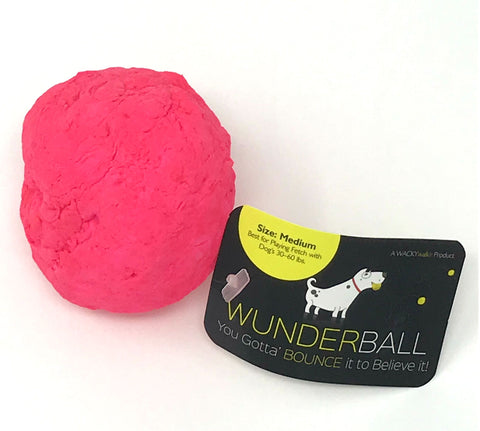
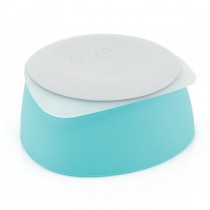
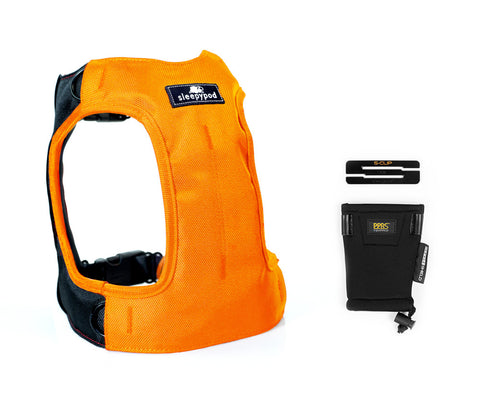
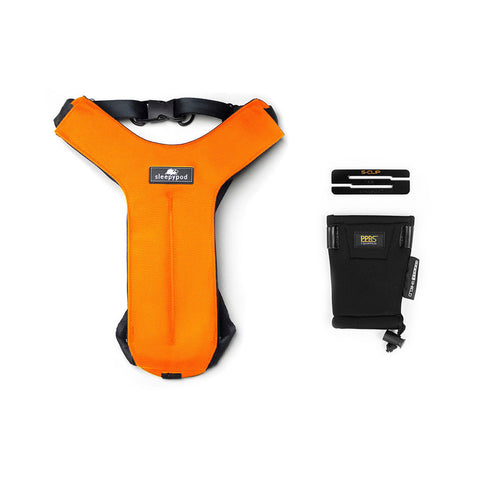
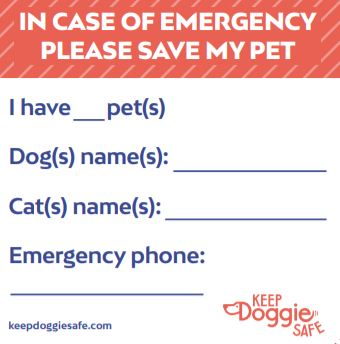











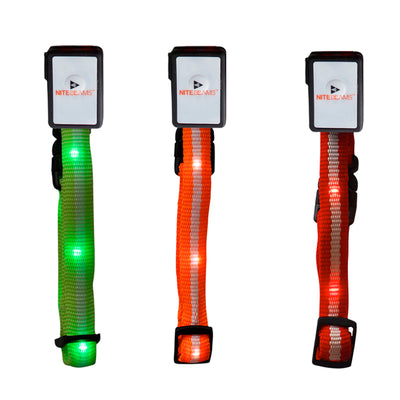
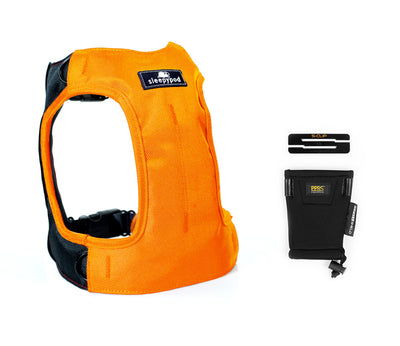
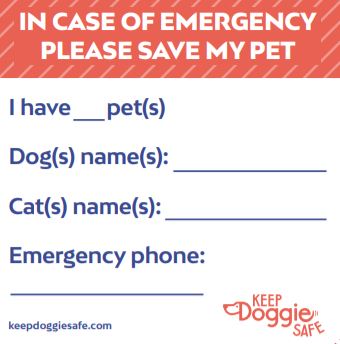
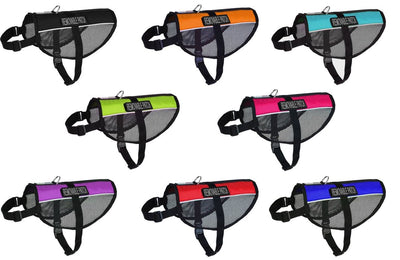
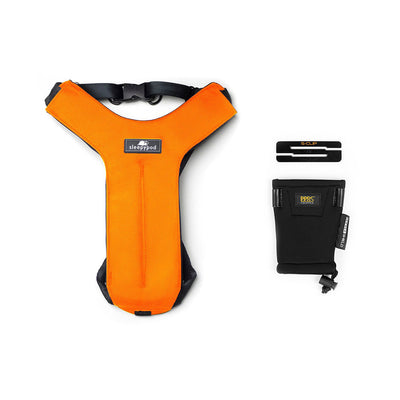
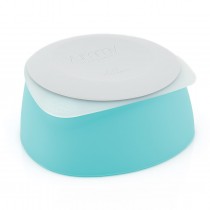
Rhododendrons/azaleas. I had an azalea in my dogs’ area in the backyard. The first two dogs didn’t try to chew on it, but when my sister and I got Shadow, he ripped it to shreds. I was upset at losing the bush, but I had no idea then that chewing on those plants can cause heart damage in dogs. Shady died four years later of a “heart injury” of unknown origin, and my sister and I will never know if it was we who cause the untimely death of our beautiful boy. . . .
Leave a comment